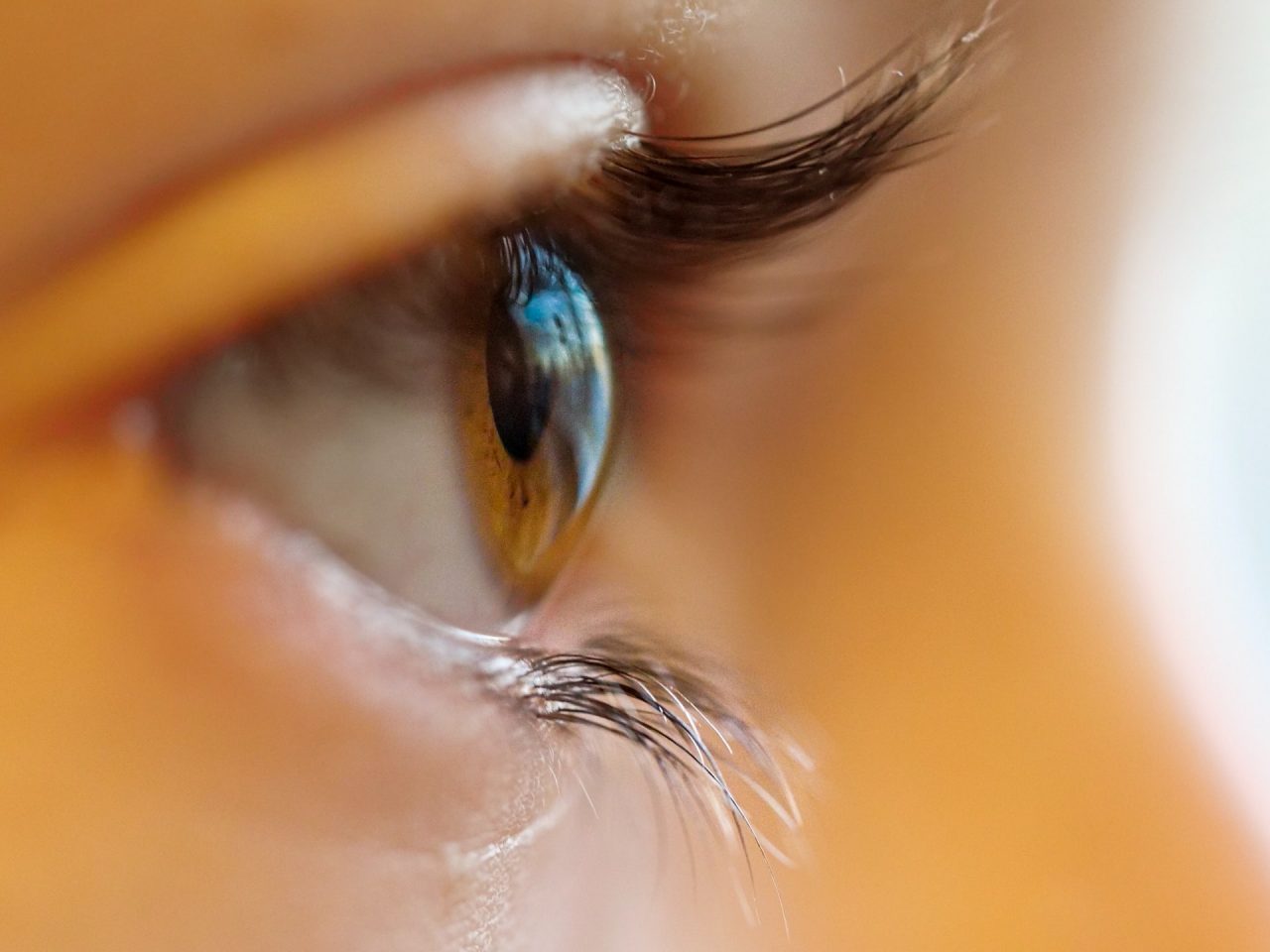Good eyesight doesn’t come cheap—and contact lenses are a perfect example. They rarely feel ‘used up’ when their official replacement date arrives. Maybe you’ve stretched a daily lens into three days, or worn your monthly pair for an extra couple of weeks. If nothing felt wrong, it’s natural to wonder: are we simply being nudged into buying new ones more often than necessary? Could this be a subtle case of planned obsolescence?
Or is there more to the story?
Frequent Contact Lens Replacement is Healthy
It’s easy to grumble about products designed to wear out quickly. Planned obsolescence—intentionally shortening a product’s life to keep sales flowing—is a big part of what frustrates us about modern consumer culture. And sometimes, even in medicine, the “single-use” label can feel suspiciously convenient for manufacturers.
So, if you’re on a budget, you rebel. You press the last bit of toothpaste until your knuckles ache. You scrape the Nutella jar clean. And if you wear contact lenses, you might think: Why not just stretch them a little longer? After all, they’re not torn, your vision is fine, and your eyes don’t feel dry.
But here’s the catch.
When I once asked my father—a seasoned optometrist—about this, he recalled a memorable case. One of his patients had worn a “1-year” lens for not one, not two, but three years. When he finally removed them, the lenses were yellow and spotted with, well… substances better left undescribed.
That’s an extreme case, but the principle stands. Research shows that most contact lens users bend the rules somewhere: poor hand hygiene (11%), inadequate lens cleaning (13%), neglecting storage cases (61%), or skipping aftercare visits (50%). Even for the most diligent users, though, there’s a bigger problem: deposits.
Studies comparing daily disposables, frequent-replacement lenses (two weeks, one month, three months), and yearly lenses all point to the same conclusion: given enough time, deposits form no matter how carefully you clean.
These deposits aren’t just cosmetic—they reduce oxygen flow to your cornea and make lenses more prone to bacterial buildup. In short, overworn lenses put your eye health at real risk.
Add this to the widespread reality of non-compliance, and the medical consensus becomes clear: daily disposables are the safest, healthiest option. The short lifespan of contact lenses isn’t a corporate trick—it’s simply the best standard we have for protecting our eyes.
However…
What About the Plastic Waste?
For the environmentally conscious, tossing out lenses and their little plastic packs every day feels wasteful—if not downright guilty—despite the clear health benefits of daily disposables.
And that guilt isn’t unfounded. Contact lenses can contribute to microplastic pollution when they slip into the water supply.
But here’s the trade-off: in medicine, patient safety comes first. Until science produces a safer, hygienic, and truly reusable alternative, frequent replacement will remain the standard. We can only hope that better, more sustainable materials emerge in the future.
The good news? Recycling programs do exist in some regions:
In the UK, ACUVUE partners with TerraCycle, offering drop-off points for lenses and blister packs.
In the US, Bausch & Lomb runs a similar program with TerraCycle.
If no program is available where you live, the rule is simple: never flush your lenses. Keep them far from drains and toilets to avoid microplastic pollution in waterways. The safest alternative is just throwing them in the trash.
And, of course, the most eco-friendly vision aid remains the classic pair of glasses—durable, reusable, and far less plastic overall.
In Conclusion
The “planned obsolescence” of contact lenses is more myth than reality. Their limited lifespan isn’t a marketing trick—it’s a medical necessity. Once deposits build up, even the most carefully cleaned lenses lose performance and put your eyes at risk.
Yes, daily disposables create more plastic waste, and that’s a real concern. But for now, eye health takes priority. Recycling programs, careful disposal, and sustainable alternatives like glasses can help soften the environmental impact while we wait for better materials to emerge.
In the end, not every rule is there to limit or cheat us—some exist to protect us. And it’s often curiosity, paired with a little knowledge, that helps us tell the difference.
Further Reading & Sources
Contact Lens User Profile, Attitudes, and Compliance to Lens Care – Cont Lens Anterior Eye (PubMed)
Highlights common hygiene mistakes among contact lens wearers and their effect on eye health.
Read moreSurface Deposits on Frequent Replacement vs. Conventional Daily Wear Soft Contact Lenses – CLAO Journal (PubMed)
Shows how different lens types accumulate fewer surface deposits, reducing complications.
Read moreContact Lens Wearer Compliance: A European Study – Contact Lens & Anterior Eye
Examines lens care behaviors across a European cohort and how they influence eye health.
Read morePlanned Obsolescence and Single‑Use Reprocessing in Healthcare – MedTech Intelligence
Explains how device design can discourage reuse, raising cost and sustainability concerns.
Read moreContact Lenses Are a Surprising Source of Pollution – Scientific American
Reveals how billions of lenses become persistent microplastics in the environment.
Read moreRecycling Contact Lenses and Blister Packs – PubMed Central
Discusses recycling techniques and programs to reduce environmental impact from lens waste.
Read moreBausch + Lomb ONE by ONE Free Recycling Program – TerraCycle
Allows eye care professionals to collect all brands of contact lenses and blister packs for free recycling.
Read more
